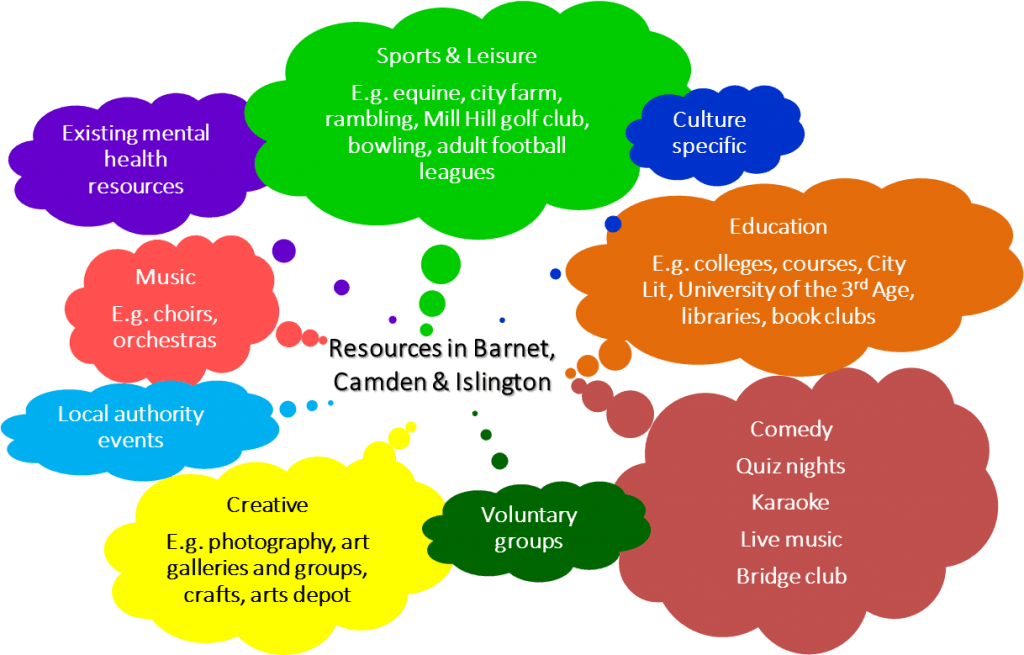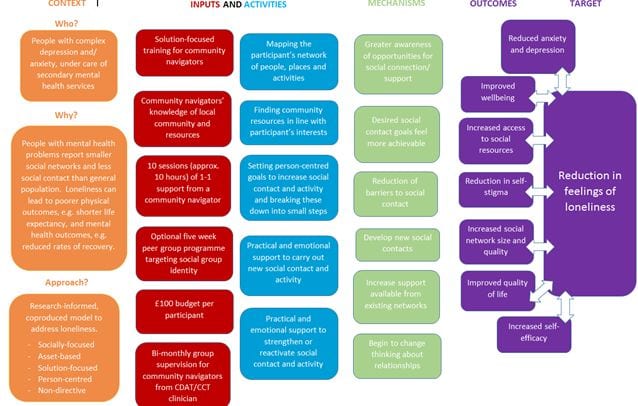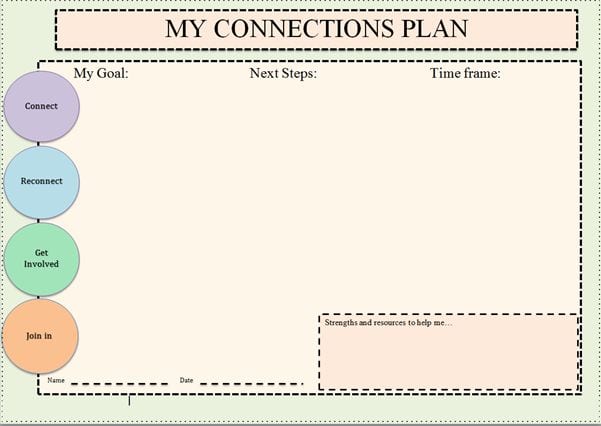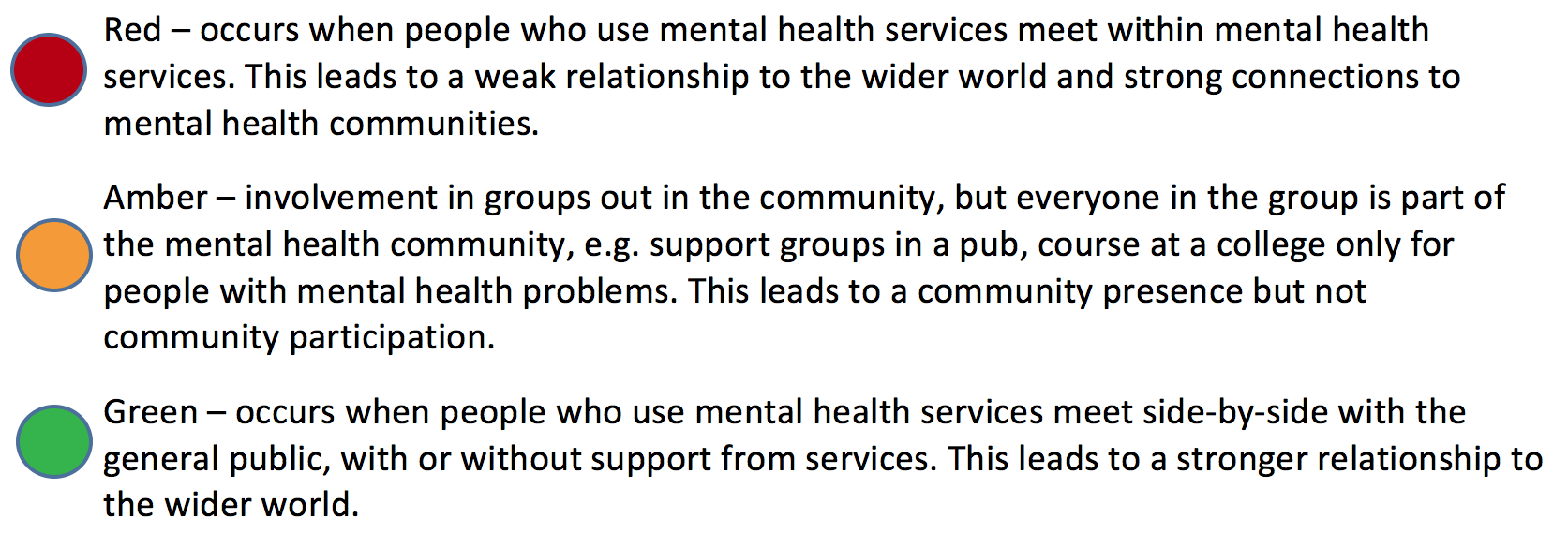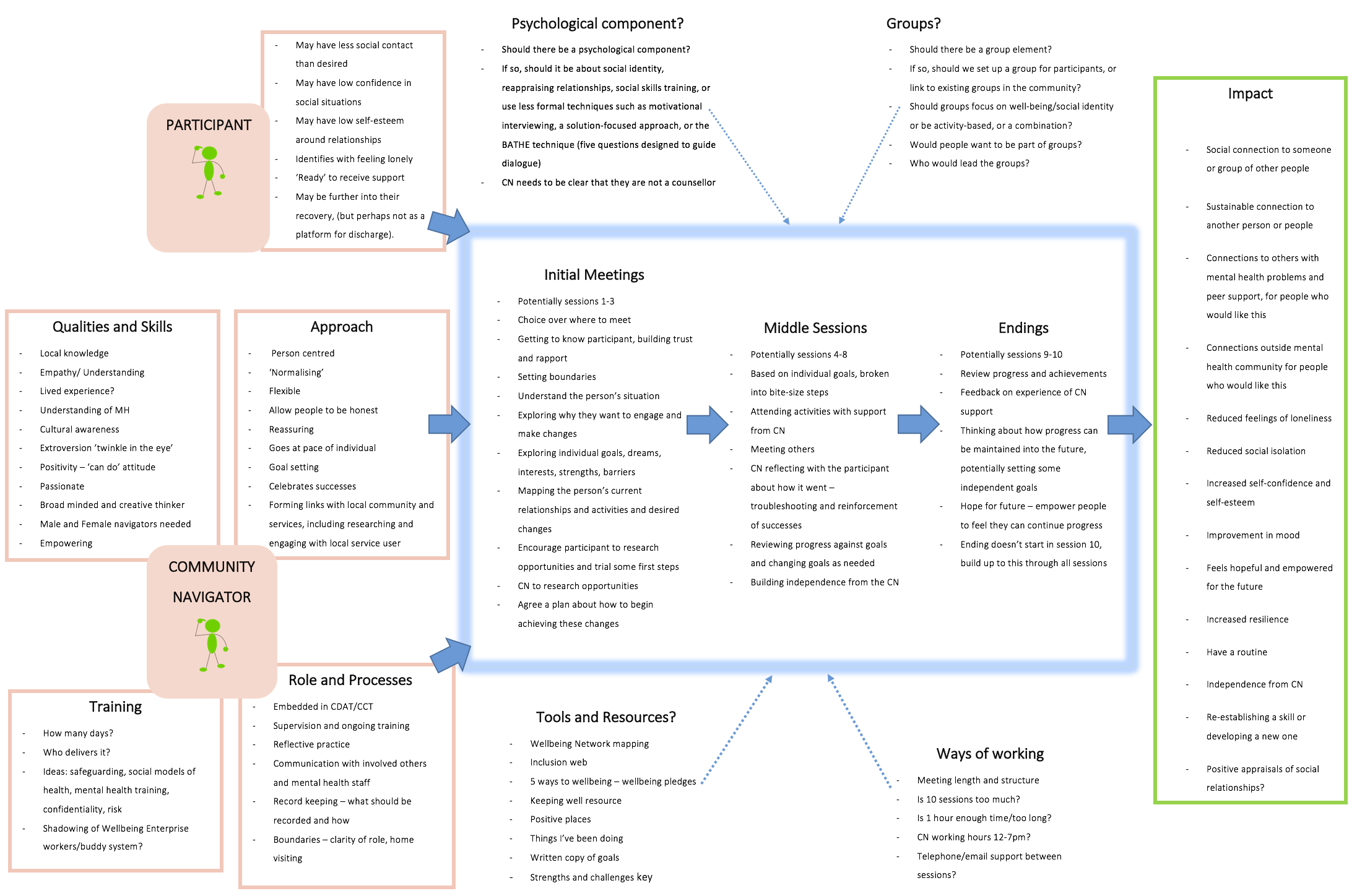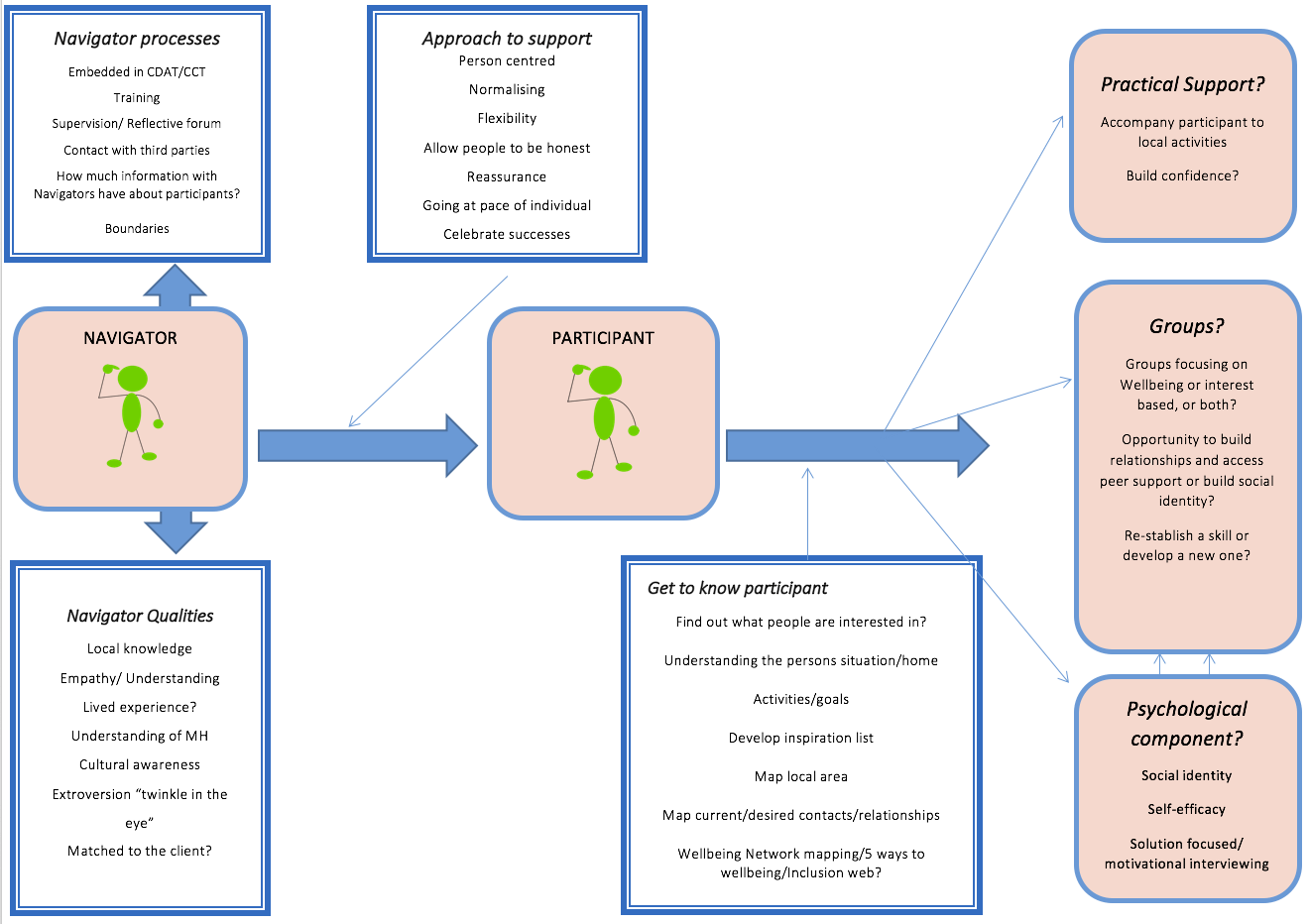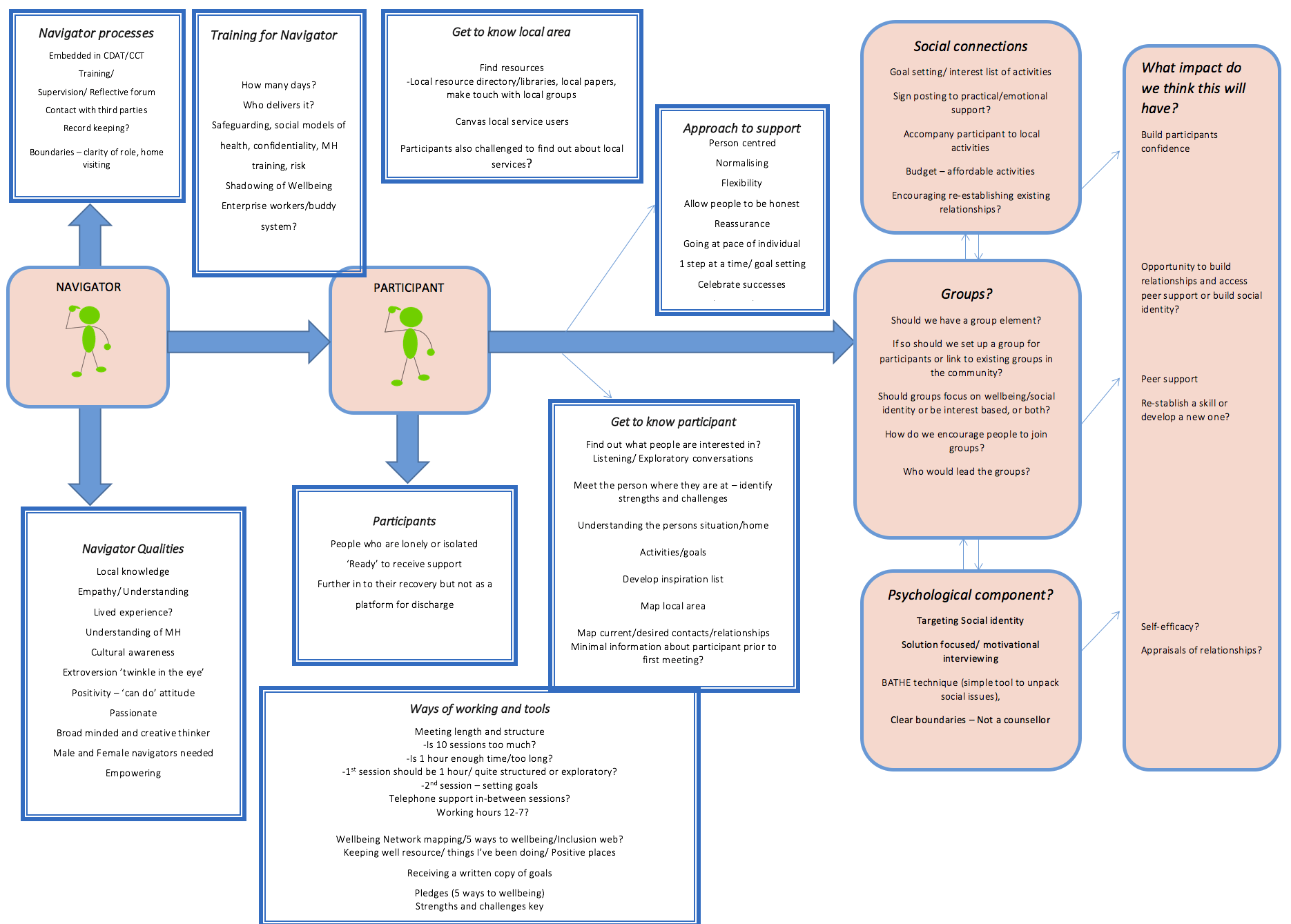Pausing for thought: Community Navigator Study Working Group Meeting 7
By Jessica Bone, on 7 March 2017
This was our seventh working group meeting and the first since last summer. Our research team, experts by lived experience, and clinicians from Camden, Islington and Barnet all came together to review our progress so far. Since the working group meetings in the development phase of the study, a team of three Community Navigators has been recruited, completed training and started preliminary testing of the programme of support. The Community Navigators wrote a blog on their experiences of training with us.
We started this meeting looking at feedback from our Community Navigators and some of the participants that have taken part so far. In total, eight participants have tried out support from a Community Navigator and have had between one and seven sessions. Feedback was very positive. Participants particularly enjoyed their meetings with the Community Navigators and receiving personalised guidance about new things to try or places to go. Although it is quite early to tell, people said they were feeling a little better, were getting out more and some had increased confidence. However, they did have concerns about maintaining this progress after their Community Navigators’ support ends and some found it challenging trying new things.

Our Community Navigators had lots to say about the study so far. They had a clear understanding of their role and what they are trying to achieve, and have really enjoyed getting to know participants. As with all roles, they did identify challenges, particularly with making as much progress with people as they’d hoped. We discussed some strategies to overcome these challenges, one of which was to have some top-up training on using a solution-focused approach. Together with the guidance received in supervision, which the Community Navigators really valued, this should help the Community Navigators continue to develop the support they are able to offer. The Community Navigators also thought the mapping and goal setting tools developed by the working group (pictured above) were helpful to use in their meetings.
So, now that we’ve had some feedback, what are the next steps?
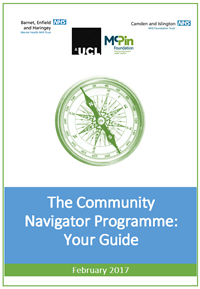 One of the things that came out of the interviews was that some participants didn’t self-identify with feeling lonely. This could be an issue as part of what we’re trying to achieve in this study is to help people feel less lonely. However, the questionnaires that people completed at the start of the study indicated that all participants were experiencing some level of loneliness, even if they didn’t describe themselves using this label. As the working group felt that the people who would benefit most from the support of a Community Navigator would be those with some feelings of loneliness, we’ve decided to ask people to complete a brief loneliness scale before we offer them the chance to take part in the study. We also realised that we need to try and describe this programme of support as clearly as possible to potential participants, so that they are on-board with its aims. We’ve developed a participant guide (pictured above) which we hope will help people to understand what the Community Navigator programme is all about.
One of the things that came out of the interviews was that some participants didn’t self-identify with feeling lonely. This could be an issue as part of what we’re trying to achieve in this study is to help people feel less lonely. However, the questionnaires that people completed at the start of the study indicated that all participants were experiencing some level of loneliness, even if they didn’t describe themselves using this label. As the working group felt that the people who would benefit most from the support of a Community Navigator would be those with some feelings of loneliness, we’ve decided to ask people to complete a brief loneliness scale before we offer them the chance to take part in the study. We also realised that we need to try and describe this programme of support as clearly as possible to potential participants, so that they are on-board with its aims. We’ve developed a participant guide (pictured above) which we hope will help people to understand what the Community Navigator programme is all about.
If you’ve been following the blogs on the development of the Community Navigator programme, you’ll know that we tried out running the Groups4Health programme for those taking part in the pilot phase. This a group intervention, developed in Australia, which provides people with the knowledge, skills, and confidence to increase their social connectedness, and in particular, their group-based social identifications. You can read more about it on their website. The Community Navigators who facilitated these groups really enjoyed them and told us how interesting they were. Unfortunately not as many participants as we’d hoped made it to these group sessions. We used this working group meeting to discuss why we thought this was, and how we can increase group attendance in the next phase. We then split into smaller groups and discussed four options going forward: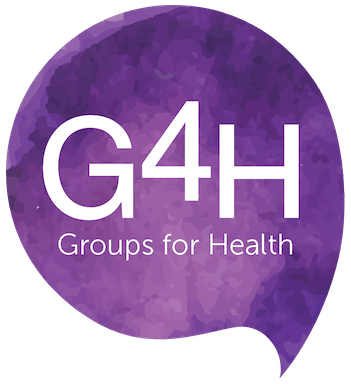
- A brief version of Groups4Health, covering the material in three sessions
- Skills workshops on motivating yourself and maintaining positive and healthy relationships
- Meetings to introduce the programme and to share interests and experiences of community navigation
- No group, but linking people up who have shared interests
Let us know your thoughts on which you would choose!
After lots of debate weighing up the pros and cons of the different options, we all thought that number 3 would work best, but that we should also build in the best parts of the other options. We decided to organise at least two group meetings – one during the first half of participants’ support from their Community Navigator, and one towards the end of the programme. A third session may be added, depending on whether people want it. Attendance is optional but Community Navigators will encourage and support everyone to join in.
The group will provide opportunities for people to meet, chat about the programme and their progress, and share any helpful resources and experiences. The group will follow the principles of our programme with a socially-focused person-centred approach; each meeting will have a loose agenda tailored to the needs of those taking part. The working group also pointed out the importance of having cake at these meetings, so refreshments will be provided!
We’re all looking forward to our next working group meeting, where we’re going to use the feedback gathered so far to update the programme’s Theory of Change.
Sadly one of our Community Navigators is moving on to a new full-time job at the end of March, but we are currently recruiting a new Navigator to join our team.
You can share your thoughts with us on Twitter or get in touch with Jess by emailing jessica.bone.15@ucl.ac.uk. You can also find out more about the study on our main webpage, https://www.ucl.ac.uk/psychiatry/research/epidemiology/community-navigator-study/.

![]()
 Close
Close



